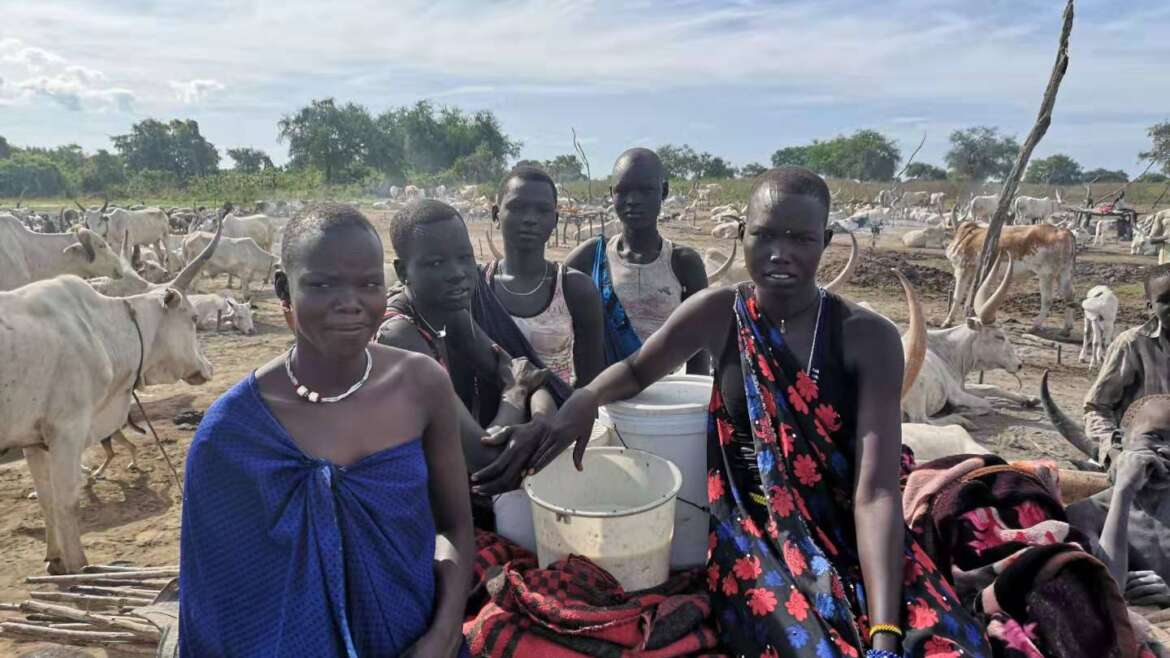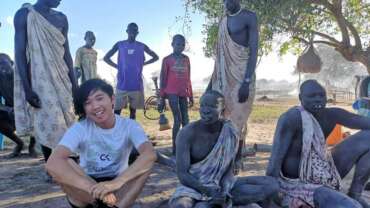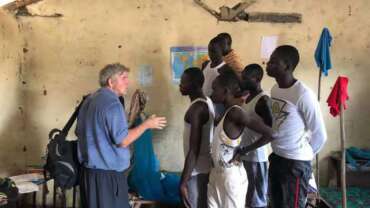Juba - The Capital of South Sudan!
Located in the North-Eastern part of the African continent, the Republic of South Sudan is the country’s newest nation after separating from Sudan in 2011 through a referendum vote. The country is bordered by Sudan to the north, Uganda to the south, Ethiopia to the east, Kenya toward the southeast, Central Africa Republic to the west and Democratic Republic of Congo to the southwest.
It has Juba as its capital city although there are plans to make Ramciel the future capital. The country is inhabited by about 60 different Nilotic and Bantu-speaking communities including the Dinka, Shilluk, Nuer, Azande and Bari, which are the largest ethnic communities.
Although located near the equator, the 10 states and 86 counties that make up South Sudan experience two different climates; equatorial and tropical climates. This is because of the country’s savannah, the Congolese forest, East African montane forests and the Acacia bush land in the north. Geographically, the country is made up of plains and mountain ranges. The main tributary of Nile River, the White Nile passes through the country where it forms a very expansive swamp, the Sudd region otherwise known locally as Bahr al Jabal. The country’s highest point is Mt. Kinyeti at 10, 456 ft above the sea level.
Unknown in terms of tourism, South Sudan is emerging slowly as a major tourist destination on the African continent. With its vast oil reserves, observers present the view that the country will eventually develop tourist facilities and lay down the necessary infrastructure to market its tourism. The country enjoys a relatively attractive climate. The country receives a lot of rainfall between May and October followed by dry season. May happens to be the country’s wettest month with July being the coolest month when temperatures drop to as low as 20° C. March is usually the hottest month when temperatures rise to as high as 37° C.
Juba is a fast-growing city, something that any visitor to the city appreciates. In addition to oil sale revenues that the government is using to develop the city, a good number of facilities are being developed by investors from many countries. Kenyan financial institutions have in particular made their presence felt in the city. Many entertainment hotspots have already been developed, transforming the once sleepy Juba to one of the most vibrant cities on the African continent at night.
One of the major attractions that anyone visiting Juba will not want to miss is the White Nile, one of the tributaries that form the Nile River, the longest river in the world that flows to Egypt before emptying its waters into the Mediterranean Sea.
Juba is located on either side of the White Nile and several bars and restaurants are strategically established for benefit of visitors. A visit to the traditional Cattle Market will be a must for any visitor. The sight of local bulls leaves one mesmerized, what with their sex-feet long horns. South Sudanese are very proud of their culture and a visit to Buluk area of the city gives one the opportunity to buy awesome gift artefacts.
A visit to John Garang Mausoleum is also a must. John Garang was the leader of the South Sudan Liberation Movement, the movement that fought many years with the Sudanese government forces for liberation. He died in a Helicopter crash on his way back from Uganda where he had attended a meeting. His death came just before he realized what he had fought for too long; liberation.





